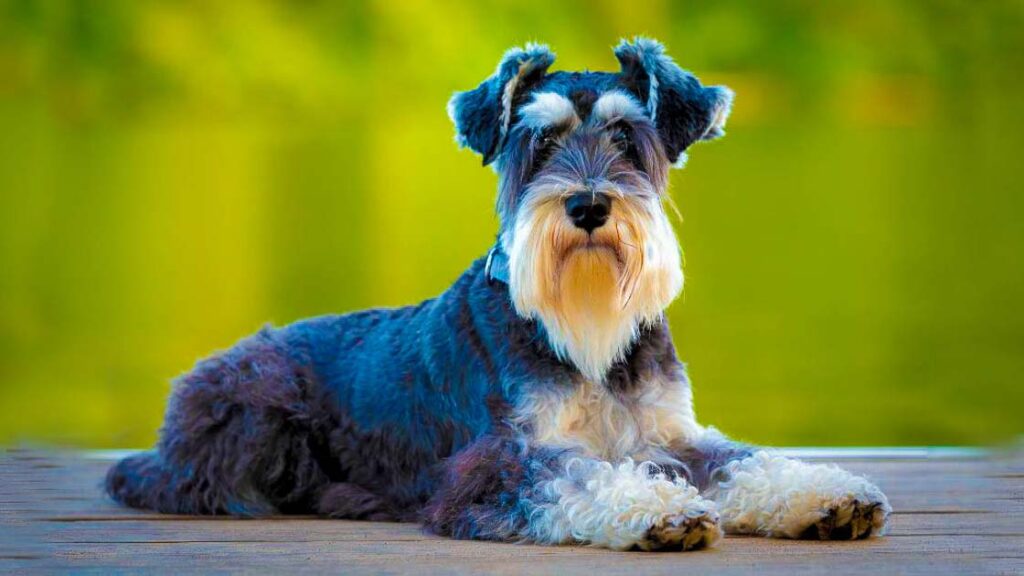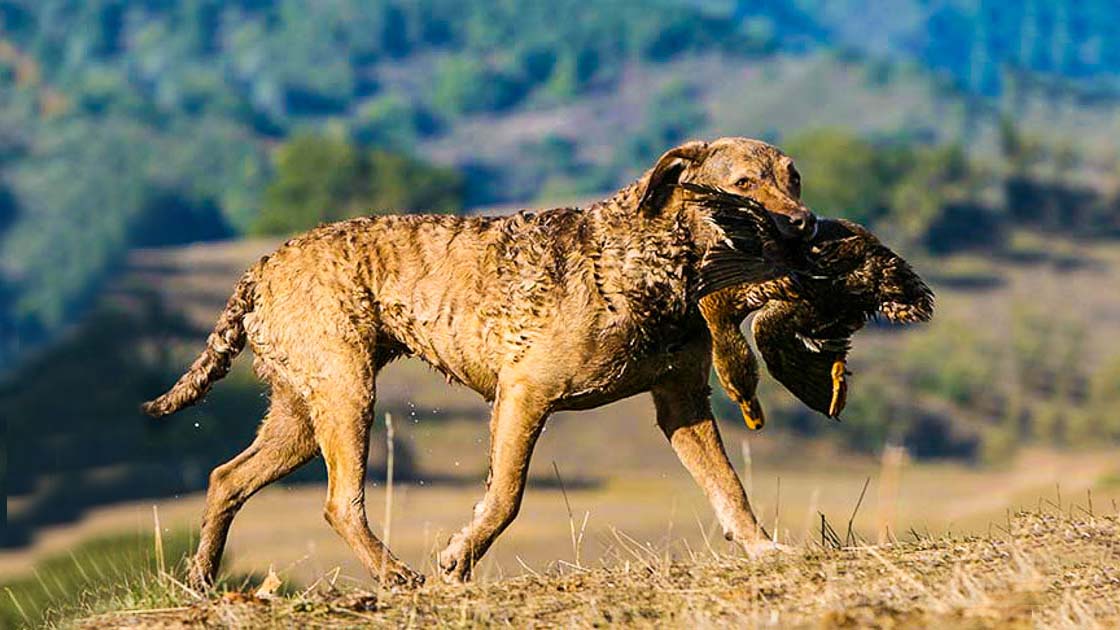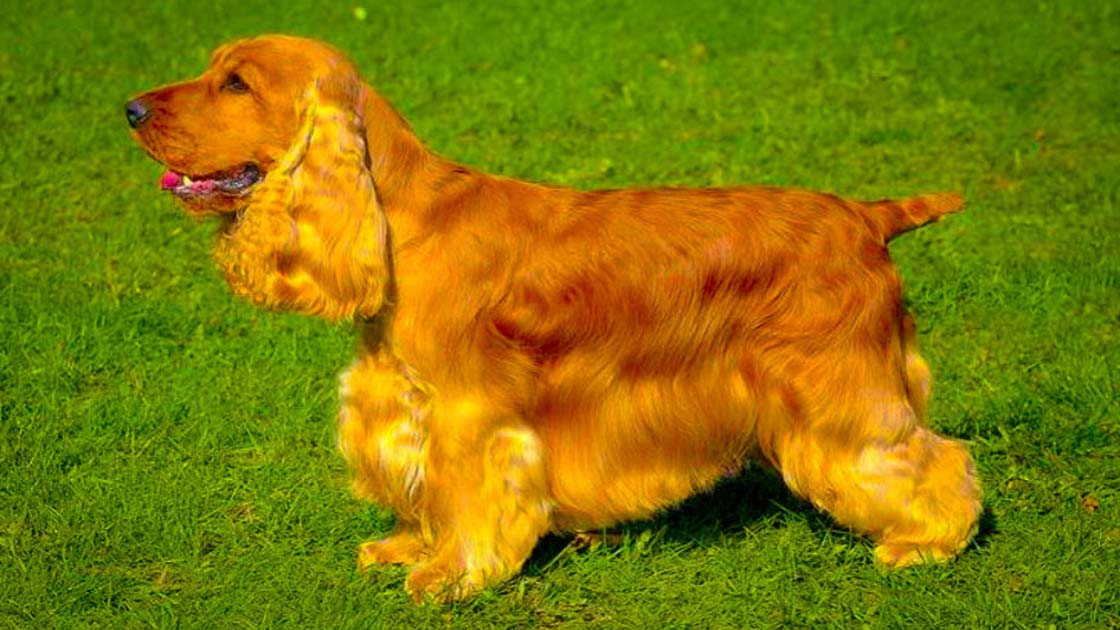Miniature Schnauzer
Origin: Germany
Popularity Rank: 19 Since 2020
Life Span: 12-14 years
Color: Miniature Schnauzer dog is Black, pepper, and salt, black and silver, white, and occasionally may be white.
Size: small in size
Height: The Miniature Schnauzer height of the Male is 14 inches (35.6 cm) and the Female is 13 inches (33.0 cm)
Breed Group: The Miniature Schnauzer dog belongs to the terrier group.
Miniature Schnauzer Price: Its price ranges are from $1200 – $2500 USD.
Weight: The Miniature Schnauzer weight of the Male and Female dog breed is 6 to 8 kg.
Miniature Schnauzer History
The Miniature Schnauzer dog alternative names are Mini Schnauzer, Dwarf Schnauzer and Zwergschnauzer. The Miniature Schnauzer is a small-sized dog breed that developed in Germany in the mid of the nineteenth century. The fascinating history of the Miniature Schnauzer begins in Germany in the 19th century. They initially developed the Miniature Schnauzers as farm dogs to assist in rat catching and property security. Breeders crossed smaller breeds like Poodles and Affenpinschers with Standard Schnauzers to create the breed. The Miniature Schnauzer’s intellect, adaptability, and sweet disposition contributed to their appeal. After being recognized as a unique breed in the early 20th century, they became popular pets and show dogs.
In addition, People adore Miniature Schnauzers today for their unusual looks, devoted personalities, and ability to fit into various lifestyles. They also refer to them as Zwegschnauzer. The dog breed is no longer extant. They result from crossbreeding between the common Schnauzer and one or smaller species, like the poodle or Affenpinscher. Miniature Schnauzer dogs stand out from other species.
Moreover, when the Miniature Schnauzer breed first appeared in the United States in the 1920s, the American Kennel Club recognized it as distinct in 1926. As a result, there are three separate breeds of Schnauzers based on their size: Miniature, standard, and giant. The breed ranks number 19 out of 197 dog breeds.
Miniature Schnauzer Characteristics
Miniature Schnauzer dogs are social, intelligent, eager to please, and devoted to their leaders. They have never been overly timid or aggressive.” In addition, these dogs are excellent watchdogs with solid territorial instincts and are typically simple to teach. They would sooner bark than bite, however. Before being welcomed into the home by the owners, they are frequently suspicious of outsiders. This dog frequently has many friends. In addition, they are warm-hearted people with a cheeky sense of humor and endless energy. They get along nicely with kids and animals. They are intelligent devoted friends.
Moreover, a breed renowned for its excellent characteristics is the miniature Schnauzer. They possess a vibrant attitude, are intelligent, and are vigilant. Miniature Schnauzers make devoted and devoted companions who create close ties with their owners. They are terrific family pets and are lovely with kids. They can live in larger homes and apartments because of their average size. Because of their high sense of vigilance, miniature Schnauzers make good watchdogs. Their unique looks, including a wiry coat, bushy eyebrows, and a beard, enhance their attractiveness. Miniature Schnauzers are excellent pets because of their winning blend of personality, flexibility, and loyalty.
Miniature Schnauzers Personality: In general, miniature Schnauzers get along well with people and other animals, especially if they receive the correct socialization from an early age. They make good pets for families or single people looking for a companion because they may be outgoing and like social connections.
Miniature Schnauzer Body
The fur on this dog’s ears, legs, belly, and face is preserved, while the coat is kept short on the body in show trim. Further, they have a square, musculoskeletal build, long, bushy leg hair, a beard, and eyebrows. Sometimes, tails are docked, and ears clipped to make them stand straight.
Moreover, these canines have shaggy facial hair and sharp, attentive ears. This breed features docked tails that hold up straight, dark brown eyes and a solid black nose. The muzzle is robust and has a sharp point. It has a black nose. It is a scissors bite. The narrow, deep-set eyes are a dark brown hue. It is common to crop high on the head-positioned ears to a point. When the ears are left to grow naturally, they are tiny, V-shaped, and fold inward towards the head.
Coat
The miniature Schnauzer dog also has silver coats. Mini Schnauzers have two coats. While the undercoat is silky, the outer coat is wiry. The coat’s beard, mustache, and eyebrows have been neatly cut. Some coat colors are black, white, salt and pepper, and black and silver. The Miniature Schnauzer’s wiry, dense, and double-layered coat is distinctive and one-of-a-kind. While their undercoat is silky and deep, their outside coat is rough and wiry. They are shielded from the weather and are insulated by the double coat.
Regular grooming is required to preserve the texture of their coat and avoid matting. Many owners choose to have their dogs professionally groomed to give their Miniature Schnauzers the distinctive Schnauzer appearance, which includes recognizable bushy eyebrows, a beard, and leg furnishings. The coat of the Miniature Schnauzer may be kept looking lovely and distinctive with the proper maintenance and grooming.
Miniature Schnauzer Health Issues
Like any breed, miniature Schnauzers might have specific disorders. Bladder stones, pancreatitis, diabetes, liver ailments, skin allergies, and eye conditions like cataracts and progressive retinal atrophy are common health problems in Miniature Schnauzers.
Additionally, they might have dental issues, including periodontal disease. Regular veterinary checkups, a balanced diet, exercise, and weight management are crucial for their general health. Managing these disorders and ensuring a high standard of living for Miniature Schnauzers depend heavily on early detection through routine tests and rapid treatment. You can keep Miniature Schnauzers healthy and happy by employing responsible breeding methods and providing them with the necessary care.
Moreover, Schnauzers are vulnerable to cysts, von Willebrand’s disease, diabetes, renal stones, skin conditions, and liver illness. Additionally, inherited eye issues. Gains weight quickly; avoid overeating. Diabetes, pancreatitis, ear infection, and deafness in old age are common diseases in Miniature Schnauzer dogs.
Treatment
The proper care must be given to miniature schnauzers to maintain their health and well-being. Routine veterinary checks are essential to monitor their general health, handle potential issues, and maintain immunization records. Skin allergies, pancreatitis, and bladder stones are just a few health issues that miniature Schnauzers may be more susceptible to. Dietary changes, medication, and lifestyle adjustments could all be part of the treatment.
In addition, consistent care is required to preserve their unusual double coat. This involves routine tooth brushing, ear cleansing, and brushing. Providing healthy food, regular exercise, and a caring, stimulating environment is also essential for their overall care and enjoyment.
For More Details Contact Us [icon name=”square-phone” prefix=”fas”]







